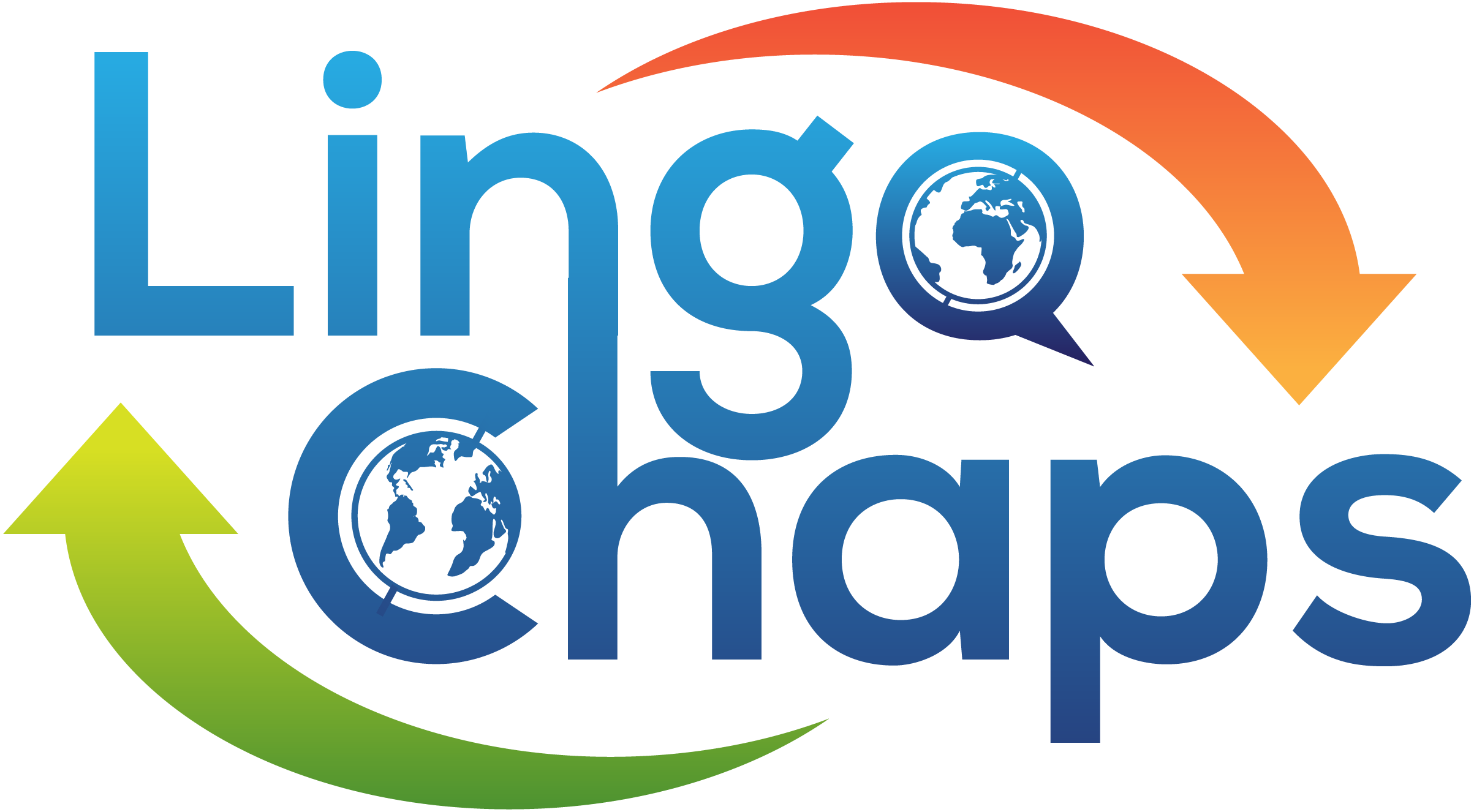Software Localization
Software Localization
In today’s digital world, businesses are expanding globally, and software is no longer bound by language barriers. This is where software localization comes in. Localization is the process of adapting software for different languages, regions, and cultures, allowing users to interact with it in their native language and familiar context. Whether you’re developing an app, website, or any other type of software, localization is crucial to enhancing the user experience and reaching a global audience.
In this guide, we’ll explore what software localization entails, why it’s important, the key steps involved, and best practices to ensure a smooth localization process.
In this guide, we will explore the different types of financial services, their importance in everyday life, and how individuals and businesses can benefit from them.
What is Software Localization?
Software localization goes beyond simple translation. While translation focuses on converting text from one language to another, localization adapts the software’s entire user experience for different cultures. This includes modifying the user interface (UI), currencies, time formats, colors, and even legal requirements to meet the specific needs of a local audience.
In essence, software localization ensures that users feel like the software was built specifically for them, no matter where they are in the world.
Why is Software Localization Important?
1. Global Reach and Accessibility
By localizing your software, you open the door to new markets. People are more likely to use software that they can navigate and understand in their own language. Localization removes the language barrier, making your software accessible to a broader audience across multiple countries.
2. Enhanced User Experience
Localized software creates a more comfortable and intuitive experience for users. It goes beyond just translating words—it ensures that everything from the format of dates to the tone of the language matches the cultural norms of the target market. This can significantly improve user satisfaction and engagement.
3. Competitive Advantage
In an increasingly globalized marketplace, localized software can give you a significant edge over competitors. If users in different countries can seamlessly use your product, you’re more likely to stand out from companies that haven’t invested in localization.
4. Compliance with Local Laws and Standards
Localization also involves adapting software to comply with local regulations, such as data privacy laws, taxation, or payment methods. Failing to do this can result in legal issues or even a loss of credibility in the market.
5. Increased Revenue
Expanding into new markets through localization often leads to higher sales and revenue. By catering to the preferences and needs of diverse markets, you increase the likelihood of conversions and customer loyalty.
Key Elements of Software Localization
Software localization isn’t just about translating words. There are several key elements involved in adapting software for a global audience:
1. Language Translation
The most obvious component of localization is translating the text within the software. However, this includes more than just the interface—help files, error messages, user manuals, and even marketing content need to be translated for a cohesive experience.
2. Cultural Adaptation
Localization requires adapting the content to suit the cultural context of the target market. This means taking into account local idioms, references, and cultural sensitivities. For example, colors, symbols, or icons that are common in one country may carry different meanings in another.
3. User Interface (UI) Adaptation
The user interface must be flexible to accommodate different languages, especially those with different text lengths or writing directions (e.g., right-to-left languages like Arabic). This may involve resizing buttons, adjusting text fields, or modifying layout elements.
4. Date and Time Formats
Different countries use various date formats. For example, while the U.S. uses the format MM/DD/YYYY, most European countries follow DD/MM/YYYY. Ensuring the correct format is a key part of localization.
6. Legal and Compliance Changes
Different countries have their own set of legal requirements and standards that software must adhere to. This includes privacy policies, tax regulations, and accessibility standards. Localizing your software to comply with these regulations is essential to avoid legal pitfalls.
Challenges in Software Localization
While localization offers many benefits, it also presents some challenges:
1. Technical Complexity
Ensuring that your software supports multiple languages, especially those with different character sets (like Chinese or Arabic), can require technical adjustments. Internationalization is key to overcoming these challenges.
2. Maintaining Consistency
With large-scale localization projects, ensuring consistency across different translations can be difficult. Using translation glossaries, style guides, and centralized translation tools can help maintain a consistent tone and style.
3. Time and Cost
Localization can be time-consuming, especially when adapting software for multiple languages and regions. However, the long-term benefits of reaching a global audience far outweigh the initial investment.
Software localization is an essential part of expanding into new markets and ensuring your product resonates with users from diverse cultures. By localizing your software, you not only make it accessible to a global audience but also enhance the overall user experience and drive revenue growth.
Following the steps outlined in this guide and adhering to best practices will help you create a localized software experience that feels intuitive and familiar to users, no matter where they are in the world.


